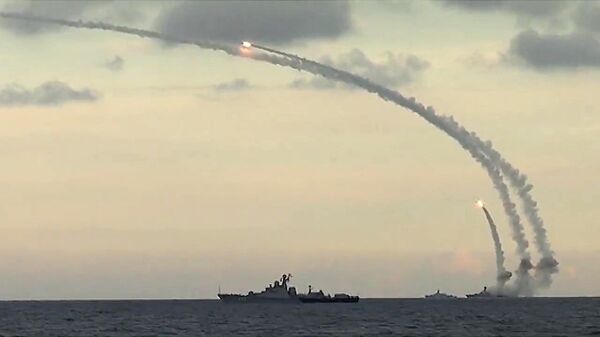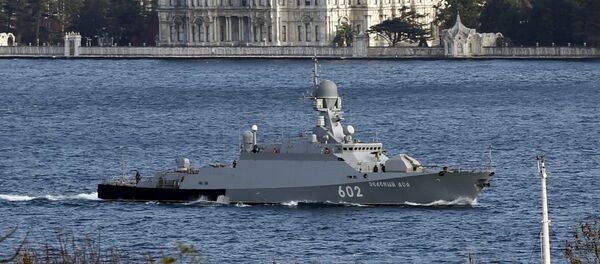WASHINGTON (Sputnik) — At the outset of the Moscow’s anti-terrorism campaign in Syria in October 2015, Russian guided missile ships deployed in the Caspian Seaired fired 26 long-range cruise missiles at a range of 1,000 miles, successfully hitting their 11 intended targets.
"We have long known that the Russians have cruise missiles, but this [Russia’s recent actions in Syria] was our first opportunity to witness their operational use at such an extended range, a fact not lost on those who defend our US homeland," Todorov stated in an article addressing the cost of missile defense.
The Russian demonstration of capabilities raised the need for the United States to develop "Integrated Air and Missile Defense (IAMD) systems" to enhance the US response to "a range of threats — missile and air — and not just one domain or the other," Todorov explained.
While conducting a test flight in October 2015, the system, a large blimp with missile sensors and surveillance capabilities, broke free of its tether causing widespread damage to homes and power lines.
Prior to having its funding cut, the program represented a $2.7 billion investment by the Department of Defense.


